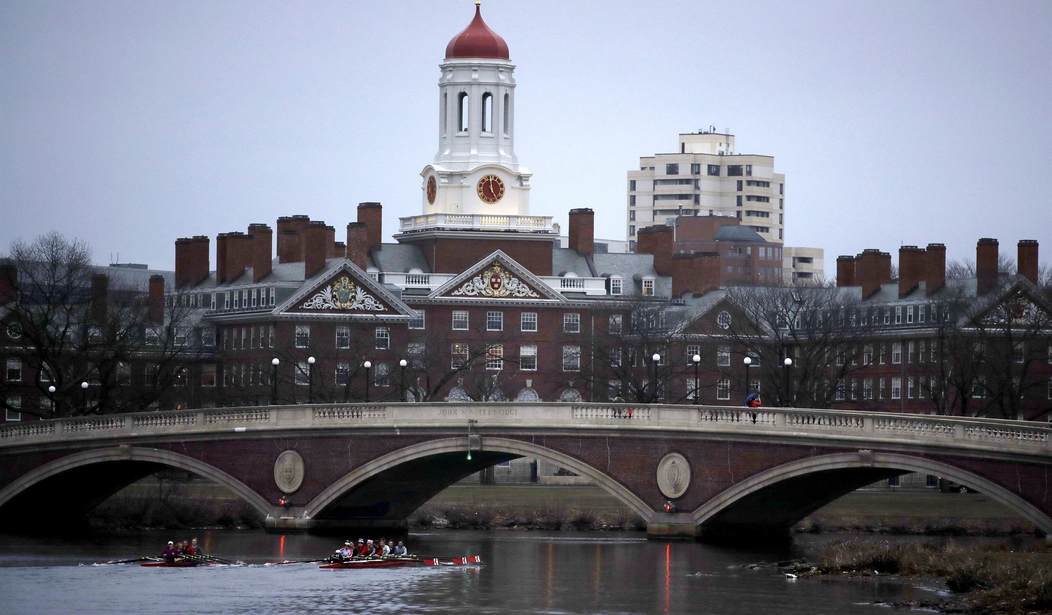In the lead-up to the 2020 elections, we’ve heard several proposals offering free college tuition for all, and loan forgiveness for those still carrying debt.
While proponents call these proposals “investments in our future,” the reality is they would be a suffocating financial burden on every taxpayer, but especially on middle- and lower-income citizens. There’s an inherent unfairness to forcing many working-class Americans who couldn’t afford to go to college themselves to pay off the loans of those who could.
Requiring a family making $50,000 a year to pay off the college debts of doctors, lawyers, engineers, and even some members of Congress who make $174,000 a year is unconscionable. Moreover, how fair is it for those who did go to college and worked hard to pay off their loans to then be forced to pay off everyone else’s?
What would the American people be paying for with all this “investment”? As a former university dean, someone who has been involved in education policy for decades, and as a parent and grandparent, I’ve seen firsthand everything from the decline in educational quality to the toll of massive college debt on students and their families.
American colleges and universities are failing in one of their most basic missions: to equip students with the tools they need for a career. Many students graduate ill-prepared to earn a living and pay off the enormous debt they accumulated getting their degrees. Forty percent of those who start college don’t even finish within six years.
Despite these systemic issues, colleges continue to raise tuition. Because federal loan money is handed out with little scrutiny as to the student’s ability to pay it back, colleges have had free rein to raise prices at rates often double the inflation rate.
Flush with all that money, their first spending priority often isn’t the classroom but the bureaucracy. From 1987 to 2012, America’s higher education system added more than half a million administrators, doubling the number of administrators relative to the number of faculty.
Recommended
With federal loans accounting for much of the $1.6 trillion in outstanding student loan debt and more than a million people defaulting on their loans each year, taxpayers are already picking up much of the tab for this broken system. “Free” college tuition would only make things worse, creating an inflationary spiral: As more taxpayer dollars were funneled to schools with even less discretion than exists today, schools would keep raising costs.
So, what’s a real solution to student debt?
Rather than throw more money at the problem, the surest way to stop the sharp rise in both college tuition and student debt would be to get the federal government out of the student loan business. That would cut off the open spigot of money that has allowed colleges to increase costs virtually without limit.
Restoring private lending would require both the lenders and the borrowers to be more responsible with loan amounts and would cause colleges to rein in costs to create more affordable choices for students. Private lending would also limit taxpayers’ exposure to billions of dollars in loan defaults.
One emerging lending solution is income-share agreements (ISAs), where students obtain financing through the schools themselves and pay it back based on a fixed percentage of their income after graduation. That means when their income is lower, their monthly loan payments are, too. As their income grows, their payments go up proportionally.
ISAs aren’t a blanket solution for every student, but they are one new innovation. They allow students to see — before they take on debt or choose a major — what types of careers will allow them to pay off their loans quicker and what kind of future they are investing in for themselves. They also incentivize colleges to ensure their students graduate and enter careers that enable them to pay off their debt.
Cost-saving and more transparent solutions like these can be a win for both students and taxpayers. Moreover, getting the government out of the student loan business rather than deeper into it would also eliminate much of the politics in higher education. Wouldn’t that be a good thing for everyone?

























Join the conversation as a VIP Member